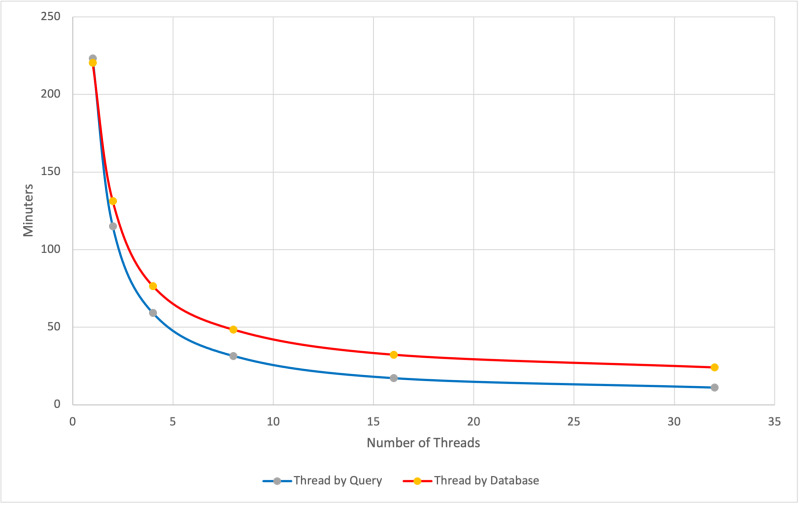Hi, I hope you are all well and healthy amidst the current COVID outbreak.
As we are back to business I would like to talk today about a recipe book to extract data from the genomic database Ensembl Plants from your own scripts. While Ensembl is primarily an interactive browser, some users might want to extract data from different species in one go, or perhaps some specific annotations for a complete chromosome. These recipes would allow to do just that, and make good use of the variety of entry points available at Ensembl: API (A), Biomart (B), FTP (F), SQL (S), REST (R), and Ensembl VEP (V).
An Open Acess chapter which covers this topic has just been published at https://link.springer.com/protocol/10.1007%2F978-1-0716-2067-0_2
The current recipes include:
## A1) Load the Registry object with details of genomes available
## A2) Check which analyses are available for a species
## A3) Get soft masked sequences from Arabidopsis thaliana
## A4) Get BED file with repeats in chr4
## A5) Find the DEAR3 gene
## A6) Get the transcript used in Compara analyses
## A7) Find all orthologues of a gene
## A8) Get markers mapped on chr1D of bread wheat
## A9) Find all syntelogues among rices
## A10) Print all translations for otherfeatures genes
## B1) Check plant marts and select dataset
## B2) Check available filters and attributes
## B3) Download GO terms associated to genes
## B4) Get Pfam domains annotated in genes
## B5) Get SNP consequences from a selected variation source
## C1) Find RNA-seq CRAM files for a genome assembly
## F1) Download peptide sequences in FASTA format
## F2) Download CDS nucleotide sequences in FASTA format
## F3) Download transcripts (cDNA) in FASTA format
## F4) Download soft-masked genomic sequences
## F5) Upstream/downstream sequences
## F6) Get mappings to UniProt proteins
## F7) Get indexed, bgzipped VCF file with variants mapped
## F8) Get precomputed VEP cache files
## F9) Download all homologies in a single TSV file, several GBs
## F10) Download UniProt report of Ensembl Plants,
## F11) Retrieve list of new species in current release
## F12) Get current plant species tree (cladogram)
## S1) Check currently supported Ensembl Genomes (EG) core schemas,
## S2) Count protein-coding genes of a particular species
## S3) Get stable_ids of transcripts used in Compara analyses
## S4) Get variants significantly associated to phenotypes
## S5) Get Triticum aestivum homeologous genes across A,B & D subgenomes
## S6) Count the number of whole-genome alignments of all genomes
## S7) Extract all the mutations and consequences for a selected wheat line
## S8) Get FASTA of repeated sequences from selected species
## S9) Get GFF of repeated sequences from selected species
## R1) Create a HTTP client and a helper functions
## R2) Get metadata for all plant species
## R3) Find features overlapping genomic region
## R4) Fetch phenotypes overlapping genomic region
## R5) Find homologues of selected gene
## R6) Get annotation of orthologous genes/proteins
## R7) Fetch variant consequences for multiple variant ids
## R8) Check consequences of SNP within CDS sequence
## R9) Retrieve variation sources of a species
## R10) Get soft-masked upstream sequence of gene in otherfeatures track
## R11) Get all species under a given taxonomy clade
## R12) transfer coordinates across genome alignments between species
## V1) Download, install and update VEP
## V2) Unpack downloaded cache file & check SIFT support
## V3) Predict effect of variants
## V4) Predict effect of variants for species not in Ensembl
The recipes are written in different scripting languages (Python, R, Perl, Bash) and can be cloned from https://github.com/Ensembl/plant-scripts . Moreover, you can fork the repo and suggest new recipes with a pull request.
Have a great week,
Bruno
